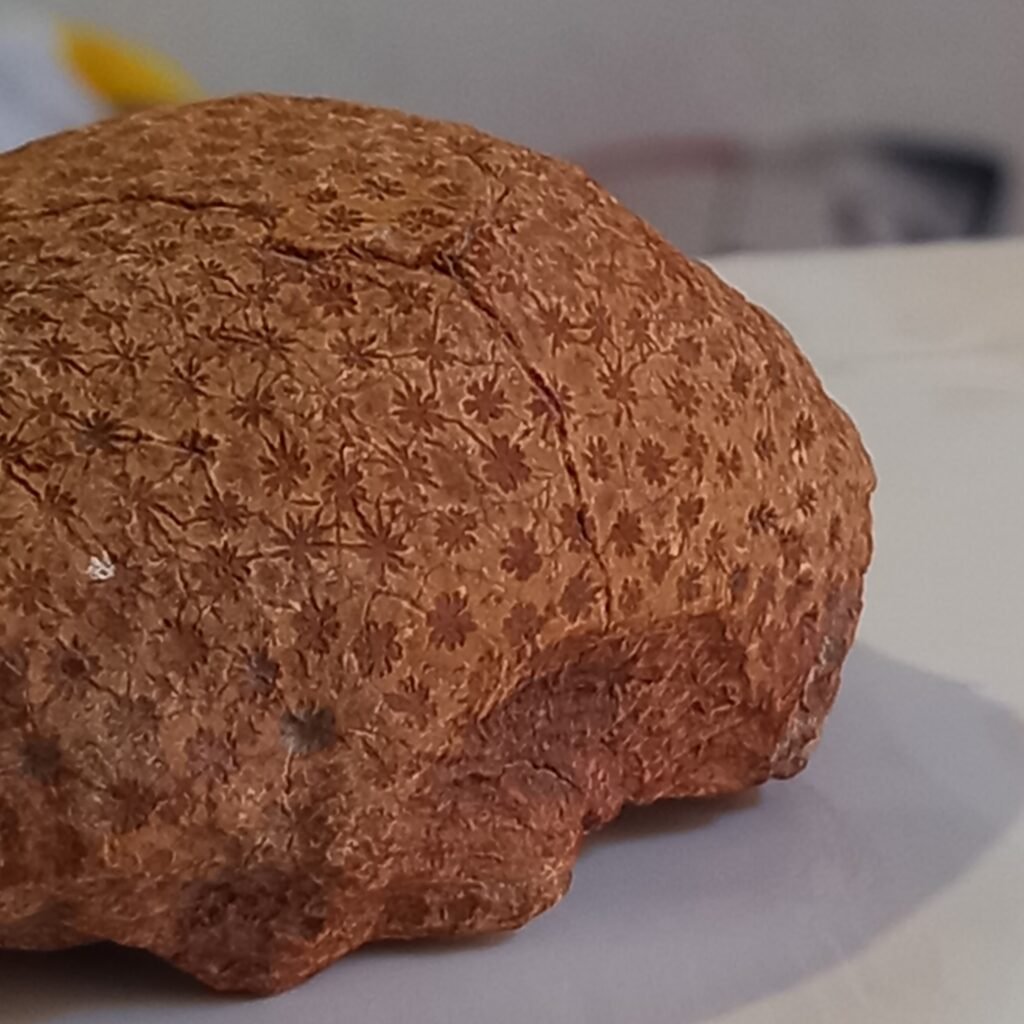Deep beneath the crystal-clear waters of the Caribbean Sea, an extraordinary organism defies everything we thought we knew about aging and death. While most living creatures follow a predictable lifecycle of birth, growth, reproduction, and eventual demise, one remarkable coral species has discovered the secret to what scientists call “biological immortality.” This isn’t science fiction or wishful thinking – it’s the mind-blowing reality of how certain corals have mastered the art of cloning themselves to achieve lifespans that stretch across multiple human generations.
The Astonishing Discovery That Changed Marine Biology Forever

Scientists first stumbled upon this phenomenon while studying coral reefs in the 1970s, but it wasn’t until decades later that researchers truly grasped the magnitude of what they were witnessing. The discovery came from careful observation of individual coral colonies that seemed to persist in the same locations for far longer than their expected lifespans. What marine biologists initially dismissed as measurement errors turned out to be one of nature’s most sophisticated survival strategies.
The breakthrough moment arrived when researchers began using advanced genetic analysis techniques to examine these ancient coral formations. They discovered that what appeared to be separate coral colonies were actually genetically identical organisms – perfect clones that had been copying themselves for hundreds of years. This revelation sent shockwaves through the scientific community and opened up entirely new avenues of research into longevity and regeneration.
Meet the Immortal Coral: Orbicella Faveolata
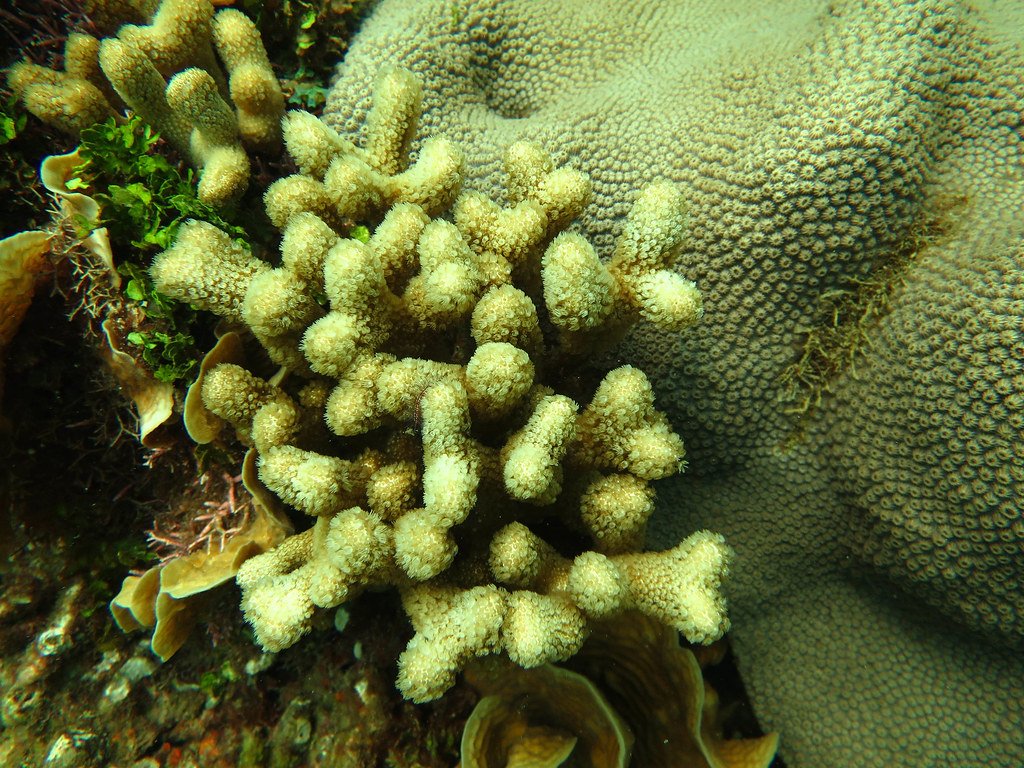
The star of this incredible story is Orbicella faveolata, commonly known as the mountainous star coral. This Caribbean native doesn’t look particularly special at first glance – it forms large, dome-shaped structures that can grow several feet tall and wide. However, beneath its unremarkable exterior lies one of nature’s most sophisticated biological systems.
These corals create massive reef structures that serve as underwater cities for countless marine species. Individual colonies can reach impressive sizes, with some specimens measuring over 20 feet in diameter and weighing several tons. What makes them truly extraordinary isn’t their size, but their ability to essentially reset their biological clock whenever they face potential death.
The Mind-Blowing Science Behind Coral Cloning
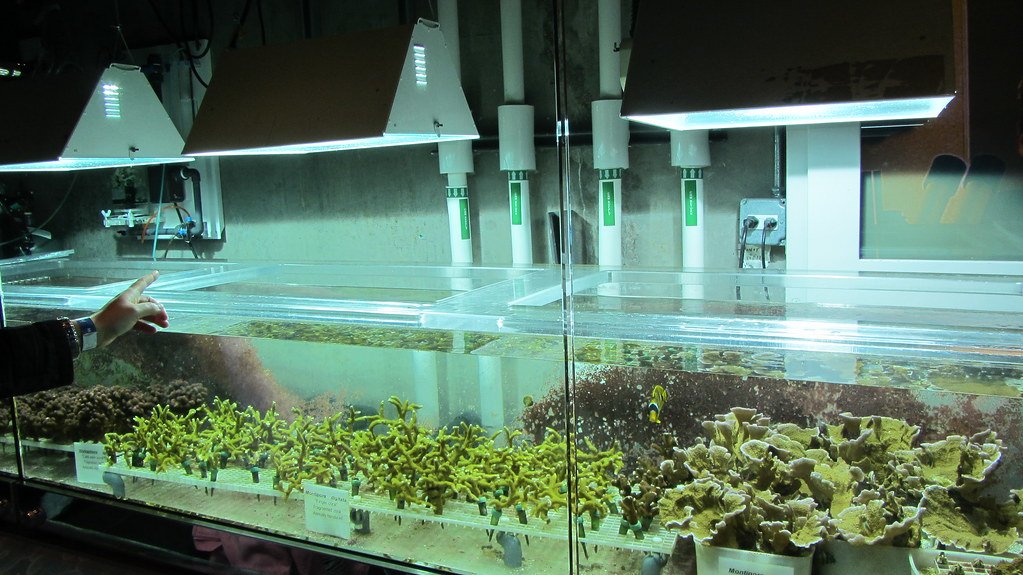
The cloning process in these corals operates through a mechanism called fragmentation, but it’s far more sophisticated than simply breaking apart. When a coral colony faces environmental stress, disease, or physical damage, it can essentially “back up” its genetic information and create identical copies of itself. This process involves the coral’s polyps – the tiny animals that make up the colony – reproducing asexually to generate perfect genetic duplicates.
Think of it like having a computer that can create perfect copies of itself whenever it detects a system failure. The coral’s cells contain all the necessary information to rebuild the entire organism from scratch. This isn’t just healing or regeneration – it’s complete biological replication that preserves the original organism’s genetic identity while creating a fresh, young body.
How Ancient Coral Colonies Achieve Biological Immortality

The path to immortality for these corals involves a complex interplay of cellular processes that scientists are still working to fully understand. Unlike humans, whose cells accumulate damage over time through a process called senescence, coral cells appear to have mechanisms that prevent or reverse this aging process. The key lies in their ability to maintain extremely active stem cell populations throughout their entire lifespan.
These stem cells act like a fountain of youth, constantly producing new tissue and replacing damaged or worn-out parts of the coral colony. When environmental conditions become too harsh for the existing colony to survive, these stem cells can initiate the cloning process, essentially creating a backup version of the organism. This remarkable ability allows the coral’s genetic lineage to persist indefinitely, even as individual physical structures may come and go.
The Cellular Mechanisms That Make Centuries-Long Life Possible

At the molecular level, these immortal corals possess several unique characteristics that set them apart from other organisms. Their cells contain unusually robust DNA repair mechanisms that can fix genetic damage much more efficiently than typical animals. Additionally, their telomeres – the protective caps on chromosomes that normally shorten with age – appear to be maintained at optimal lengths throughout the coral’s extended lifespan.
The coral’s symbiotic relationship with algae also plays a crucial role in their longevity. These microscopic partners provide the coral with essential nutrients through photosynthesis, while the coral offers them protection and a stable environment. This partnership creates a self-sustaining system that can persist for centuries as long as environmental conditions remain stable.
Environmental Triggers That Activate the Cloning Process

The decision to clone isn’t random – it’s triggered by specific environmental conditions that threaten the coral’s survival. Ocean temperature fluctuations, changes in water chemistry, physical damage from storms, and disease outbreaks can all initiate the cloning response. The coral essentially evaluates its chances of survival and, when the odds look grim, activates its biological backup system.
Interestingly, the timing of this process is critical. The coral must begin cloning before it becomes too damaged to successfully complete the process. This requires sophisticated cellular communication systems that can assess the colony’s health and make life-or-death decisions. It’s like having an early warning system that alerts the organism to begin evacuating to a new body before the old one fails completely.
The Role of Symbiotic Algae in Coral Longevity
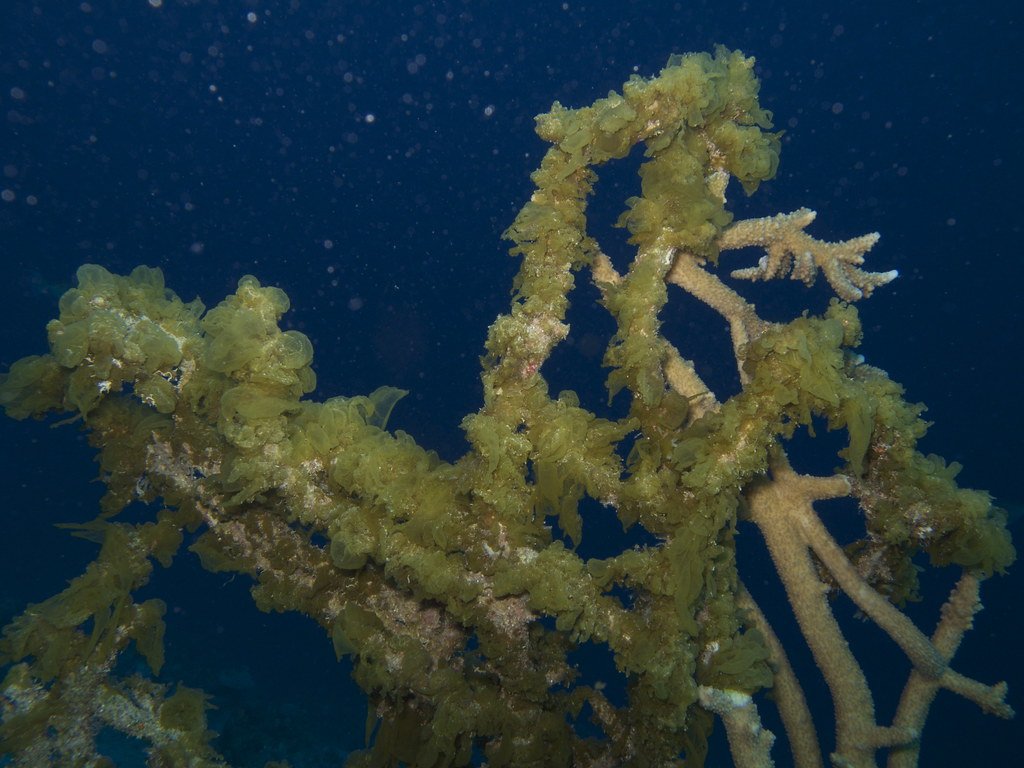
The relationship between corals and their algae partners goes far beyond simple nutrition exchange. These microscopic algae, called zooxanthellae, actually influence the coral’s aging process and cloning abilities. The algae provide antioxidants that help protect the coral’s cells from damage, while also contributing to the energy requirements of the cloning process.
When corals undergo cloning, they must also ensure that their algae partners are successfully transferred to the new colony. This requires careful coordination between the coral’s reproductive systems and the algae’s own life cycles. The success of this partnership transfer often determines whether the cloning process will result in a viable new colony or failure.
Genetic Secrets Hidden in Ancient Coral DNA

Scientists studying these ancient corals have discovered that their DNA contains unique genetic sequences not found in shorter-lived coral species. These genes appear to code for proteins involved in cellular repair, stress response, and the cloning process itself. Some researchers believe these genetic elements may hold keys to understanding aging and longevity in other organisms, including humans.
The genetic stability of these cloned corals is remarkable – colonies that have been cloning themselves for centuries show virtually no genetic drift or mutation accumulation. This suggests that the cloning process includes sophisticated error-checking mechanisms that preserve the original genetic blueprint with extraordinary fidelity. It’s as if nature has developed the perfect photocopier that never degrades the quality of the copies.
How Climate Change Threatens Immortal Coral Populations
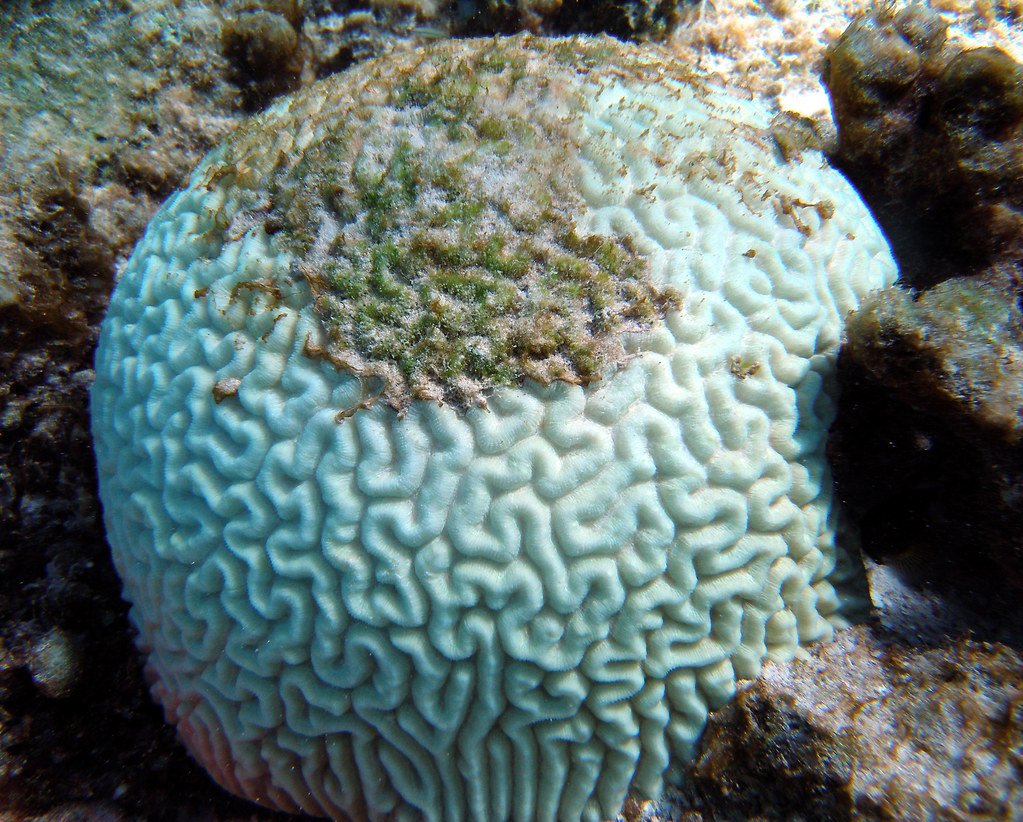
Despite their impressive longevity adaptations, these immortal corals face unprecedented challenges from rapidly changing ocean conditions. Rising sea temperatures, ocean acidification, and increased storm intensity are pushing these ancient organisms beyond their adaptive limits. Even their remarkable cloning abilities may not be enough to cope with the speed and severity of current environmental changes.
The tragedy is that coral colonies that have survived for centuries could be wiped out within decades if current trends continue. Their cloning process requires specific environmental conditions to be successful, and these conditions are becoming increasingly rare in our changing oceans. This represents not just the loss of individual organisms, but the potential extinction of genetic lineages that have persisted for hundreds of years.
The Evolutionary Advantages of Coral Self-Cloning

From an evolutionary perspective, the ability to clone provides several distinct advantages that have allowed these corals to dominate certain reef environments. Cloning allows successful genetic combinations to persist without the risks associated with sexual reproduction, where genetic shuffling might break up beneficial gene combinations. This strategy works particularly well in stable environments where the same genetic toolkit remains effective for extended periods.
Additionally, cloning enables rapid colonization of new areas without the need to find compatible mates. A single coral fragment can potentially establish an entire reef system, giving these species a significant competitive advantage in suitable habitats. This reproductive flexibility has been crucial to their success across the Caribbean’s diverse reef environments.
Comparing Coral Immortality to Other Long-Lived Marine Species
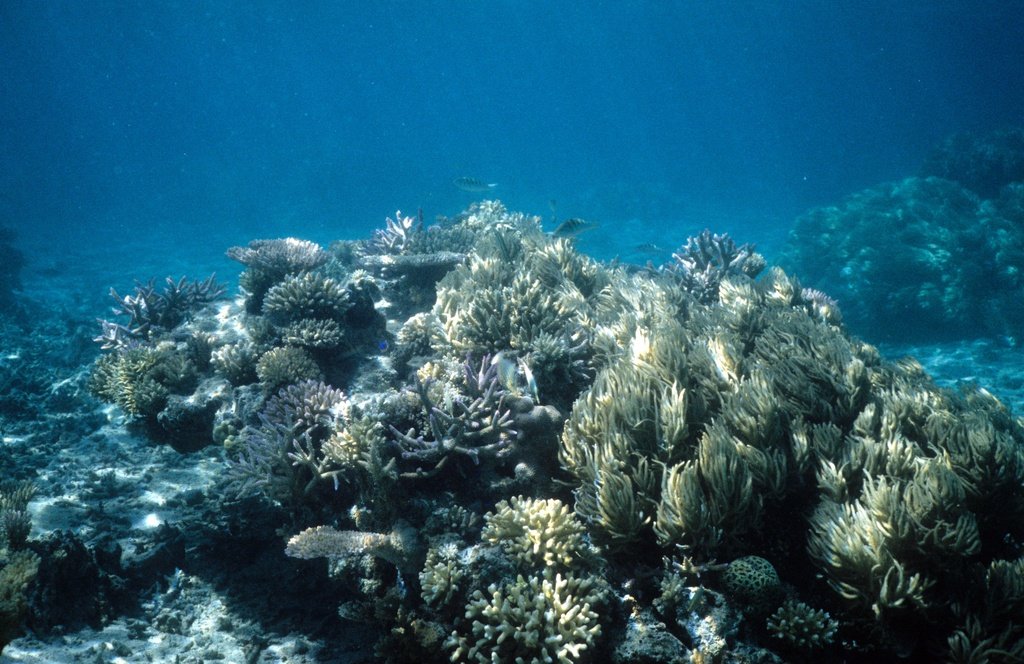
While coral cloning is unique, other marine organisms have evolved different strategies for achieving remarkable longevity. Some deep-sea sponges live for thousands of years through extremely slow metabolism and growth rates, while certain species of sharks can live for centuries through efficient cellular repair mechanisms. However, none of these approaches match the coral’s ability to essentially reset its biological age through cloning.
The closest parallel might be found in certain jellyfish species that can reverse their aging process, but even they cannot achieve the genetic continuity that coral cloning provides. The coral’s approach represents a unique solution to the challenge of biological immortality – one that combines the benefits of genetic consistency with the ability to adapt to changing environmental conditions.
Scientific Breakthroughs in Coral Longevity Research

Recent advances in genetic sequencing and cellular biology have provided unprecedented insights into coral longevity mechanisms. Researchers have identified specific genes that control the cloning process and are beginning to understand how these systems evolved. This research has potential applications beyond coral biology, offering insights into aging, regeneration, and cellular repair in other organisms.
One of the most exciting discoveries involves the coral’s ability to maintain cellular quality control over extended periods. Scientists have found that these corals have evolved sophisticated mechanisms for detecting and eliminating damaged cells before they can compromise the entire colony. This discovery could have implications for understanding cancer prevention and treatment in other organisms.
The Hidden Ecosystem Services of Ancient Coral Colonies
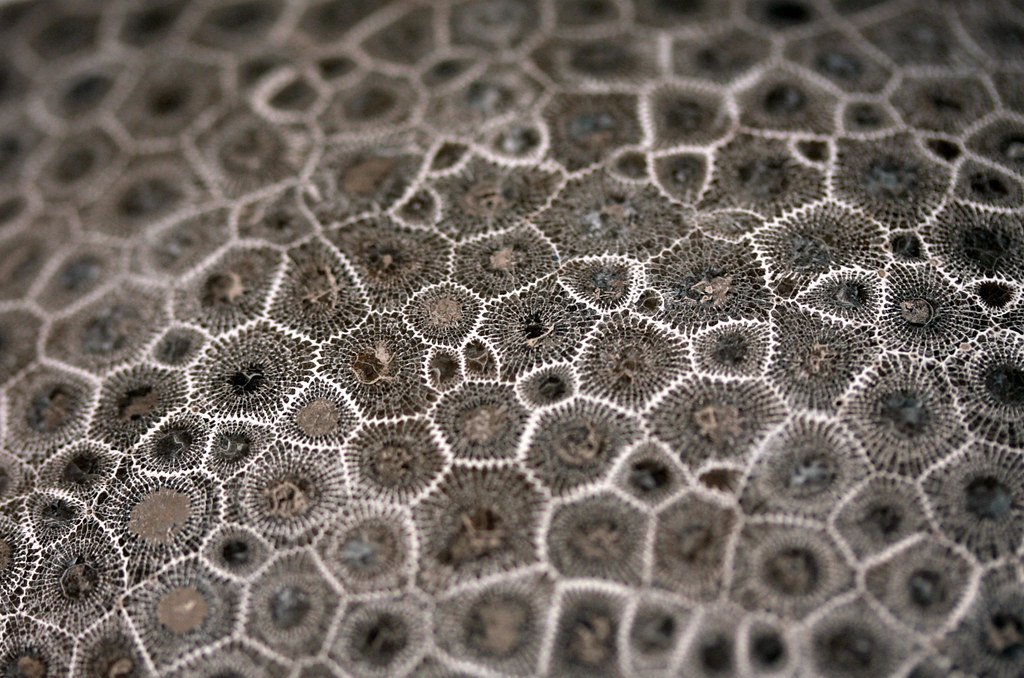
These long-lived coral colonies provide ecosystem services that extend far beyond their individual survival. Their massive structures create complex three-dimensional habitats that support incredible biodiversity, while their longevity provides stability that allows complex ecological relationships to develop over centuries. The loss of these ancient colonies would represent not just the death of individual organisms, but the collapse of entire ecological communities.
The economic value of these ecosystem services is enormous – ancient coral reefs support fisheries, tourism, and coastal protection worth billions of dollars annually. Their ability to maintain these services over centuries makes them incredibly valuable natural resources that deserve protection and conservation efforts. The cloning ability of these corals makes them particularly important for reef restoration efforts, as successful colonies can potentially regenerate entire reef systems.
Implications for Human Medicine and Longevity Research

The study of coral cloning and longevity has opened new avenues for human medical research. Scientists are particularly interested in the coral’s DNA repair mechanisms and their ability to maintain cellular function over extended periods. While direct applications to human medicine are still theoretical, the principles discovered in coral research could inform treatments for age-related diseases and cellular degeneration.
The coral’s approach to managing cellular stress and damage could provide insights into preventing or treating cancer, as both involve cells that have lost normal growth and death controls. Additionally, understanding how corals maintain their stem cell populations could inform research into regenerative medicine and tissue engineering. The potential medical applications make coral longevity research a priority for both marine biology and human health.
Conservation Challenges for Immortal Coral Species

Protecting these remarkable organisms requires conservation strategies that account for their unique biology and extended lifespans. Traditional conservation approaches often focus on protecting breeding populations and habitat areas, but immortal corals need protection strategies that consider their potential for centuries-long persistence. This means thinking about conservation on timescales that extend far beyond typical management plans.
The challenge is compounded by the fact that these corals often exist as single, massive colonies rather than multiple individuals. The loss of one ancient colony could represent the extinction of a genetic lineage that has persisted for hundreds of years. This makes each colony incredibly valuable from a conservation perspective and requires protection strategies that prioritize the survival of individual ancient specimens.
The Future of Coral Cloning Research
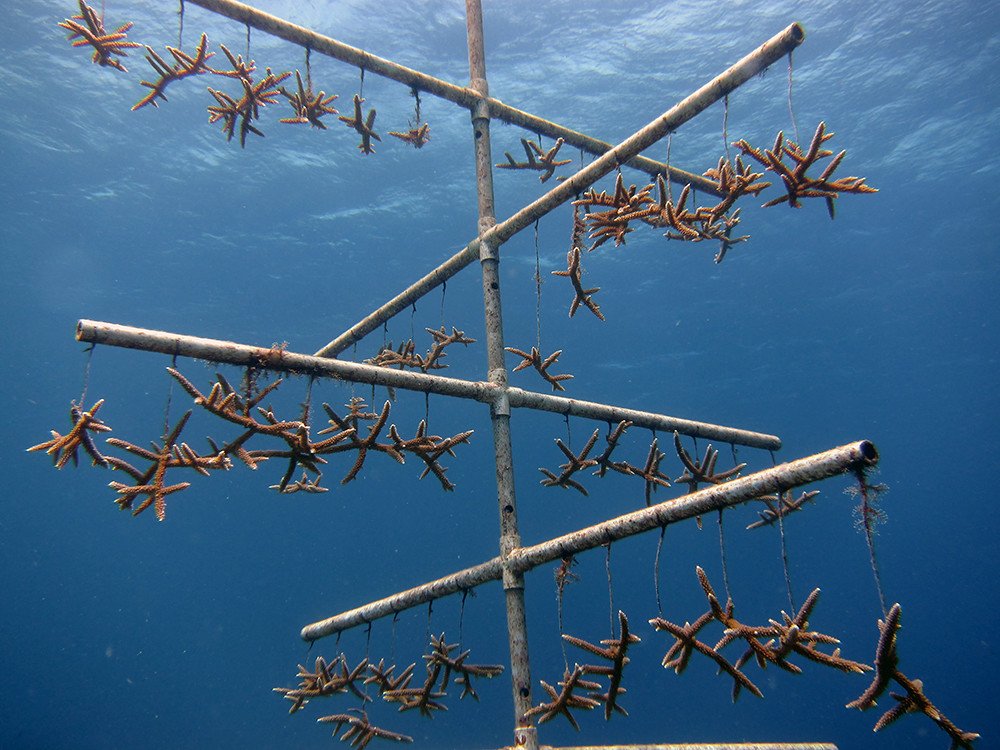
Scientists are working to understand the full potential of coral cloning abilities and whether these mechanisms can be enhanced or replicated in other organisms. Research is ongoing into the specific triggers that activate cloning, the cellular processes involved, and the environmental conditions necessary for successful colony establishment. This research could lead to new techniques for coral restoration and reef management.
Future studies may also explore whether the cloning process can be artificially induced to help corals survive environmental stresses that would normally trigger mortality. This could provide new tools for coral conservation in the face of climate change and other anthropogenic threats. The potential for using coral cloning techniques in restoration efforts makes this research particularly urgent and important.
What Ancient Coral Wisdom Teaches Us About Survival

The story of these immortal corals offers profound lessons about adaptation, resilience, and the creative solutions that evolution can produce. Their ability to essentially cheat death through cloning demonstrates that nature often finds ways to overcome seemingly insurmountable challenges. This provides hope that other organisms, including humans, might discover or develop similar strategies for extending healthy lifespans.
Perhaps most importantly, these corals remind us that survival often depends on our ability to adapt and reinvent ourselves when faced with changing conditions. Their cloning strategy represents the ultimate form of adaptation – the ability to create a completely new body while preserving the wisdom and genetic information accumulated over centuries. In our rapidly changing world, this lesson about the importance of adaptability and renewal couldn’t be more relevant.
The Profound Impact of Discovering Biological Immortality

The discovery of coral cloning abilities has fundamentally changed our understanding of aging, death, and the limits of biological possibility. These remarkable organisms prove that immortality isn’t just the stuff of science fiction – it’s a real biological strategy that has evolved in response to environmental challenges. Their success over centuries demonstrates that with the right genetic toolkit and environmental conditions, life can persist indefinitely.
As we face our own environmental challenges and search for solutions to aging and disease, these ancient corals offer both inspiration and practical insights. They show us that nature has already solved many of the problems we’re trying to tackle, and that the answers might be found in the most unexpected places. The coral’s ability to clone itself and live for centuries isn’t just a biological curiosity – it’s a roadmap for understanding how life can adapt, persist, and thrive in the face of seemingly impossible odds.
What secrets do you think these ancient underwater cities still hold, waiting to be discovered in their centuries-old genetic code?

